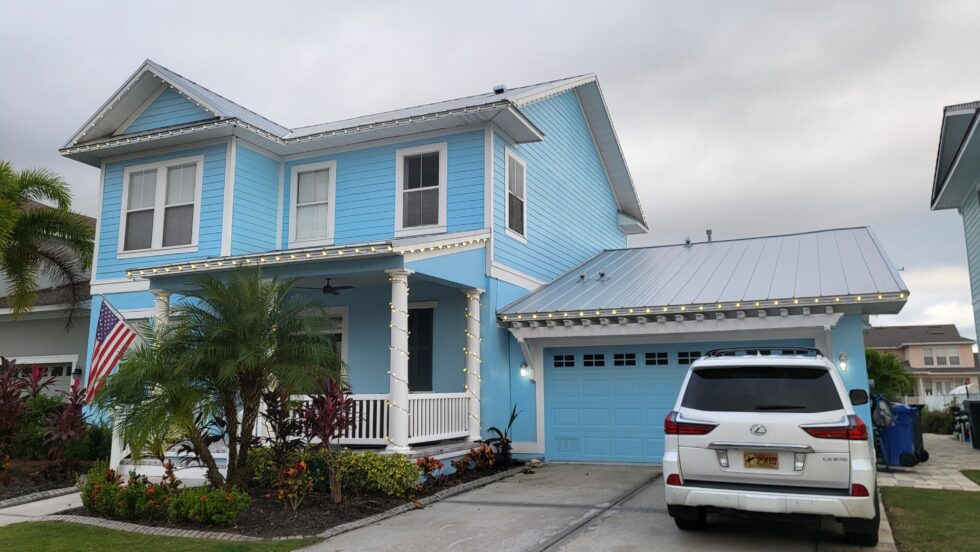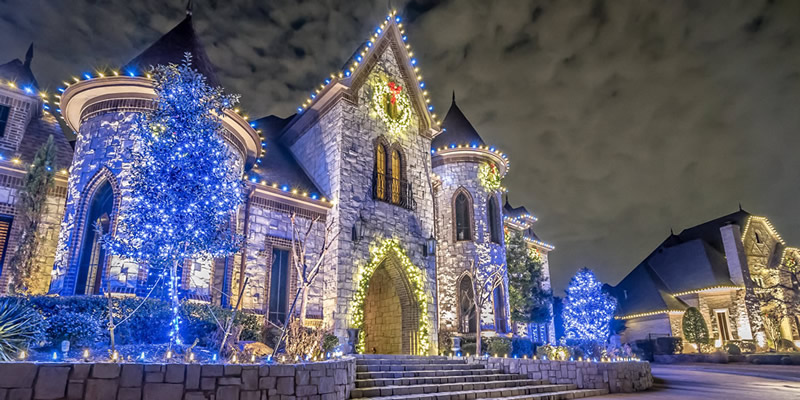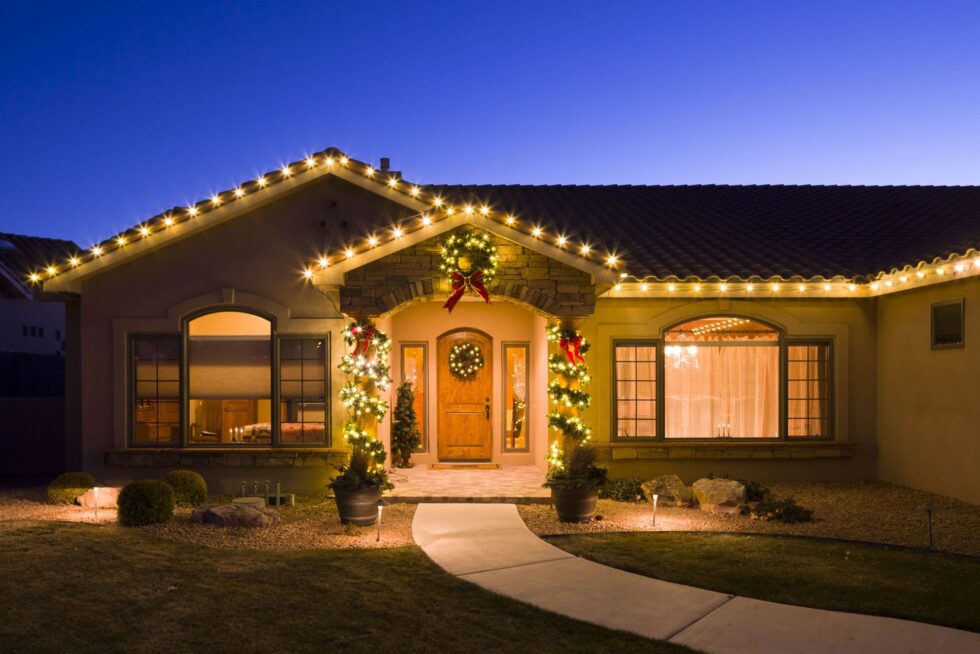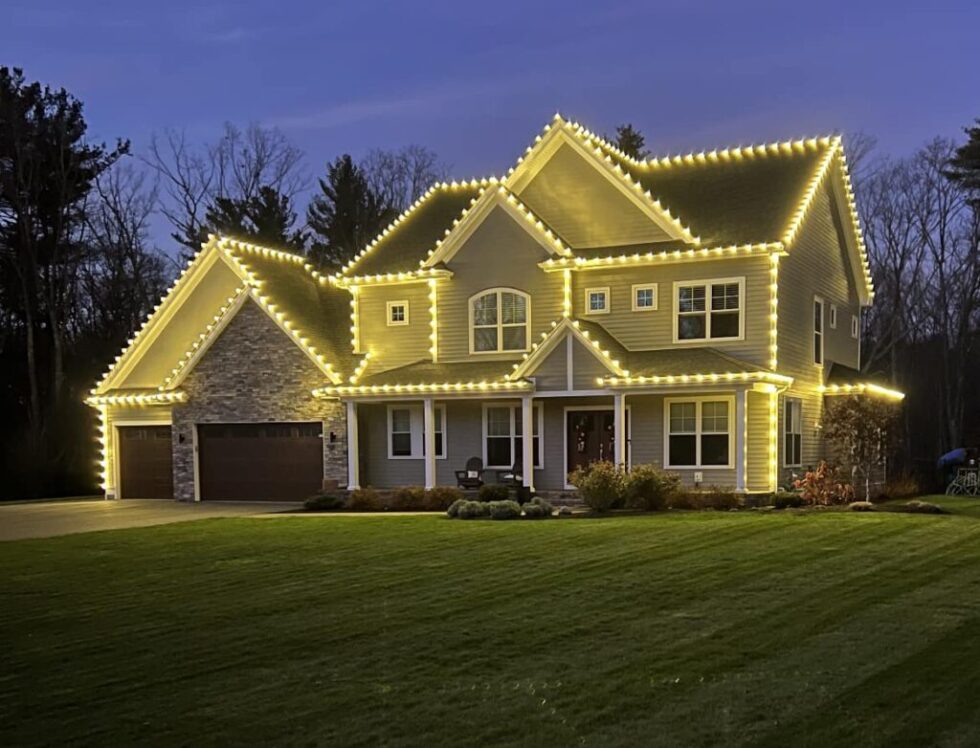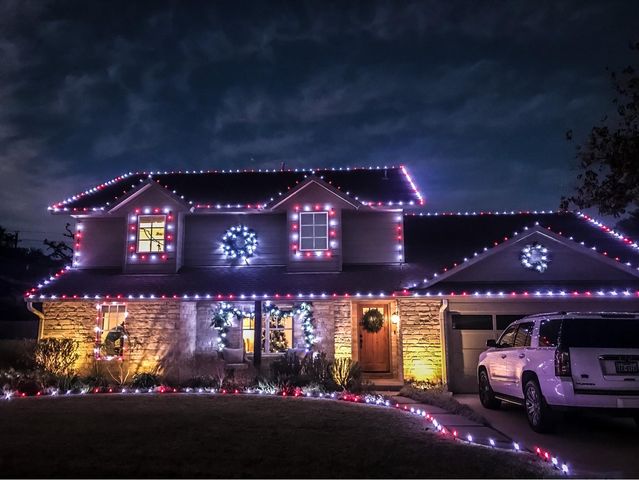Electricity is a necessary medium in today’s world. Products have evolved to the extent that you can identify voltages and choose a resource that best fits your budget and criteria. For instance, did you ever feel like finding out how much energy your Christmas lights installation uses? If yes, keep reading because that is what we do in this blog. We are finding out how much electricity each LED product uses and the results you can attain with them. Stick till the end to explore ways to save electricity costs using LED lights and bulbs.
Standard LED Bulbs
Standard LED bulbs are the most common type of LED products used in the current era. Their voltage consumption range comes in various 40-watt, 60-watt, and 100-watt bulbs. Even in their supposedly ‘high-consumption’ range, they are 80 to 90% more efficient and sustainable than traditional bulbs of the same kind. A typical 60-watt LED bulb utilizes 8-12 watts of the supply to create 800-900 lumens/unit of electricity.
Candelabra LEDs
Referring to the Christmas lights installation, Candelabra refers to the decorative category of LED lights commonly used for events, chandeliers, and more ornamental functions. Their consumption is even less than the standard bulb category. Their stellar energy efficiency comes from the capability to function optimally even by using three to 5 watts of electricity. We could label this feature as part of their performance and size. Their purpose is aesthetics, not brightness, so even a small charge can be more than enough.
Floodlights
As the name suggests, a flood of brightness can be achieved through these lights. They are designed for outdoor lighting, security, and other spaces requiring intense light. 100-watt is the standard for such lights to be useful, and considering their active usage, an apt supply of 14 to 20 voltages is needed. Unlike their incandescent counterpart, they are highly effective and reliable when saving electricity and getting impressive results. Floodlights contain the best structure and radiation division system to ensure that the transmitted light particles can spread and illuminate adequately.
LED Tubes
A successful alternative to fluorescent tube lights, LED tubes are widely used in many residential and commercial settings. Did you know a traditional tube light uses 35-40 watts of power to create light? Now, how much a 4-foot LED Tube consumes in energy: around 10 to 20 total watts.
However, it has been reported that different companies and brands have different energy consumption systems and structures. Manufacturer specifications can help you understand and create criteria. When it comes to long-term durability and affordability, LED tube lights are preferable over LED bulbs.
High Bay LEDs
Combine the effectiveness of LED tubes with the brightness of floodlights, and you will get these amazing products. High Bay LEDs are well-suited items for commercial spaces where illumination is preferred with cost-effectiveness. They need between 50 to 400 watts of electricity to deliver exceptional visual effects, providing thousands of lumens instantly. Their usage is better in a place with high ceilings with more space to occupy; in narrow and small spaces, they seem intense.
LED Strips
Often known as ‘Tape lights,’ LED Strips are convenient, decorative, and accessible. They can be fitted to fill in any space. You can find them in smaller and wider strips with a ranging output of lumens; smaller strips consume 5 to 10 watts to produce lumens in hundreds, whereas the bigger strips take a little more to create thousands of lumens. Tape lights have become more popular for residential or domestic decoration with frequent usage as the selective range of colors can give a cozy effect.
Vehicle LEDs
These lights are very different from all the other types discussed above. Automotive lighting fixtures utilize the specific application present in different types of cars. Each manufacturer and car body creator knows the range of efficiency and energy associated with the headlights, tail lights, and more. On a daily basis, vehicle LEDs aren’t used as rigorously, so their consumption is also very reasonable.
Indicator LEDs
Used for indication and actions, indicator LEDs are designed for small electronic devices or gadgets where a small percentage of a single watt can be used to get the job done. Sometimes, their size can be even smaller than a hanging strip of Christmas lights installation but can give off ample power to achieve its goal. Lumens are units for determining brightness, and this unit can tell you what to expect from any type of light.
How to Minimize Electricity Usage for LEDs
We have discussed the expected usage of each form of LED, and now we move on to methods of optimizing and minimizing it:
- Invest in dimmer switches and motion sensors
- Install smart lighting and detection systems
- Prefer task lighting over constant illumination
- Use efficient fixtures to avoid issues
- Ensure regular maintenance to keep them in optimal condition
- Use timers and daylight sensors to save power
- Spread awareness among residents and members
- Utilize solar-powered products and systems
- Keep the gaps sealed and insulated
- Refer to energy-efficient routines and practices
If you are looking for LEDs or Christmas lights installation in Tampa, FL, contact the experts at Dirty South Illuminations. Visit our website and find out more about our amazing professionals and services!
